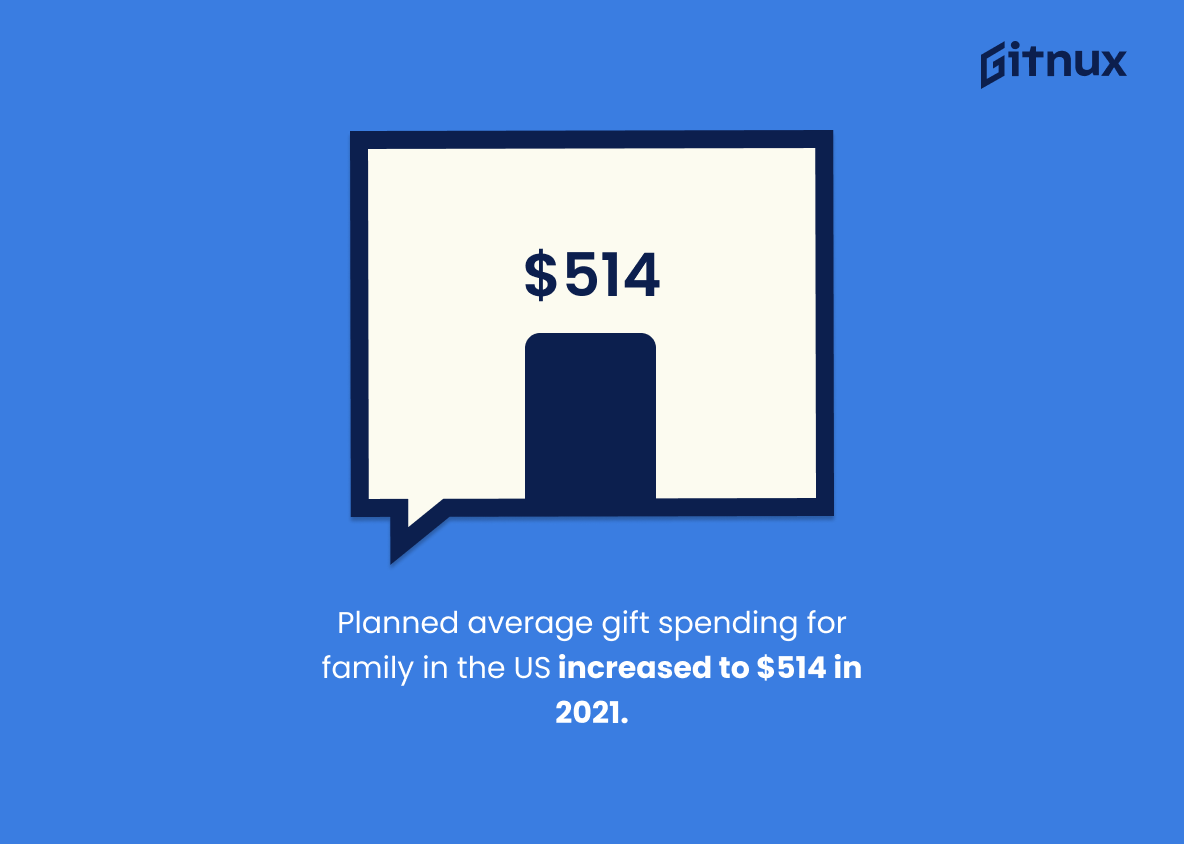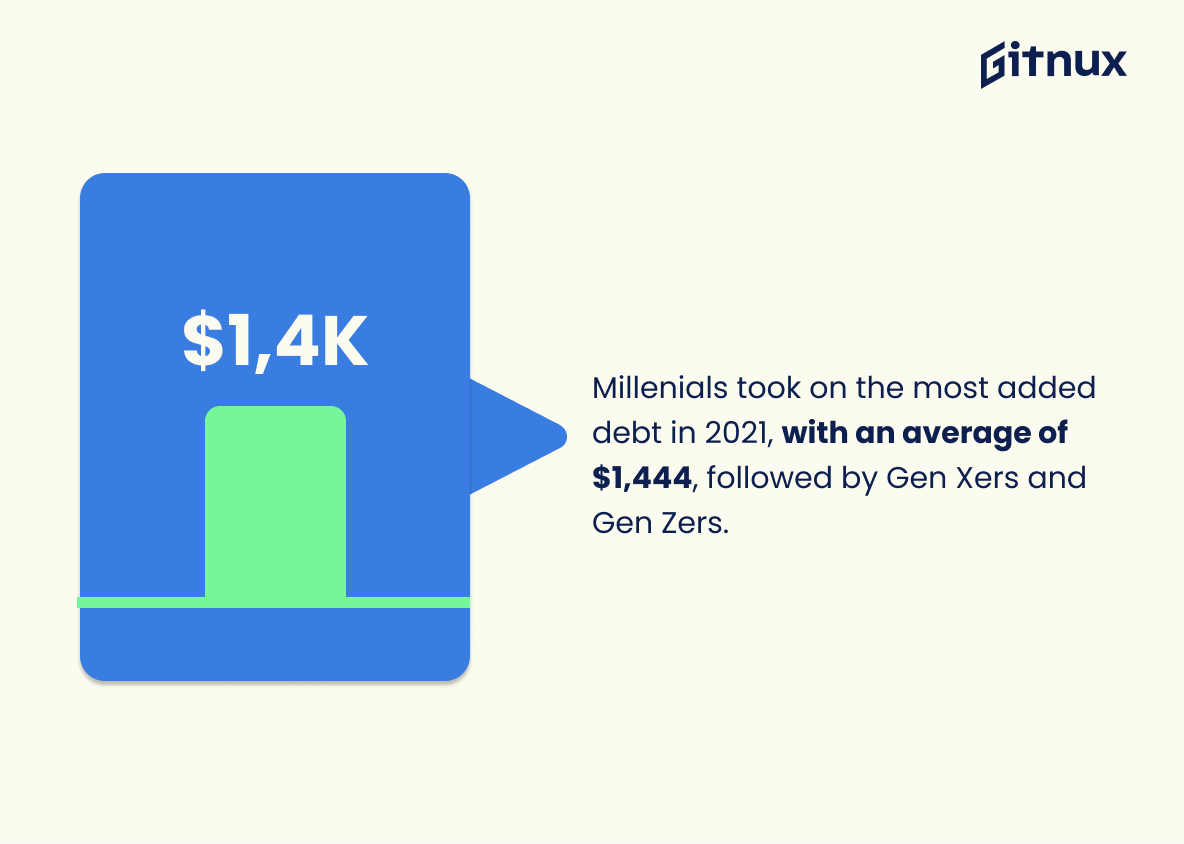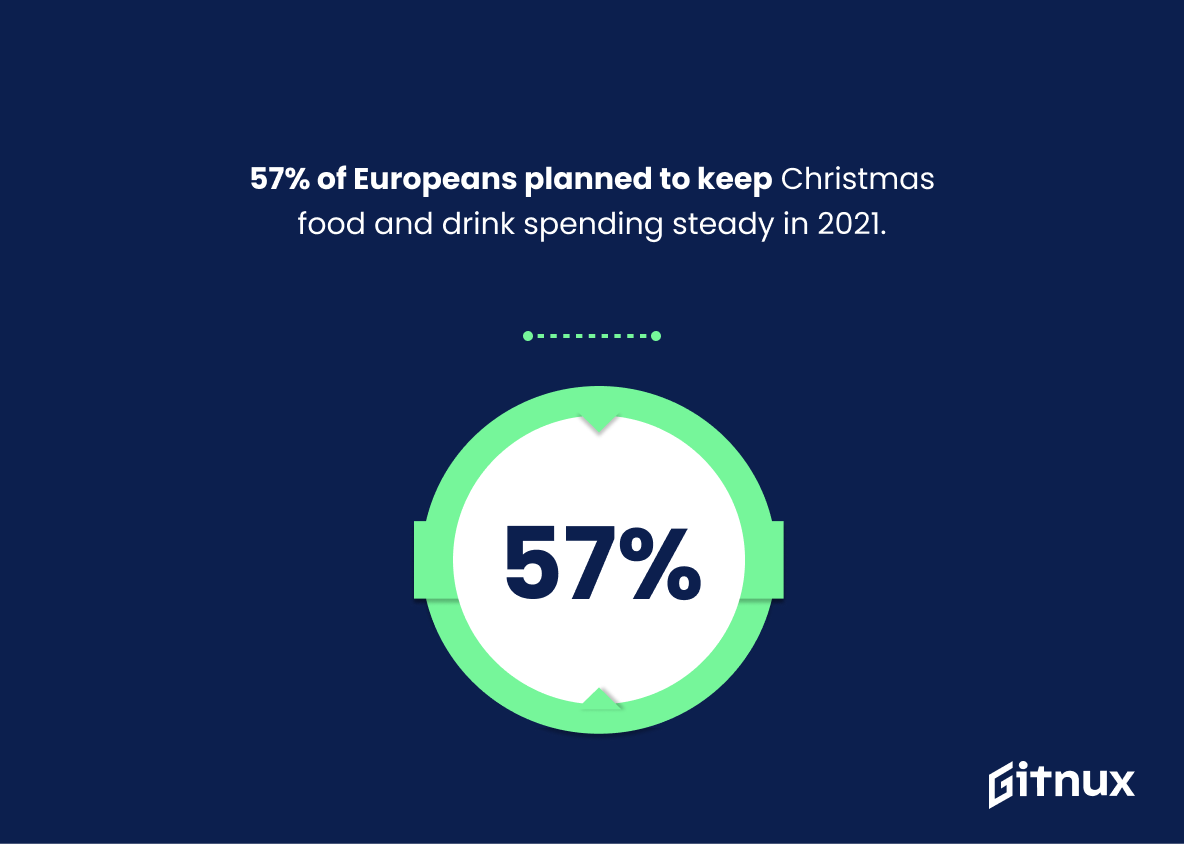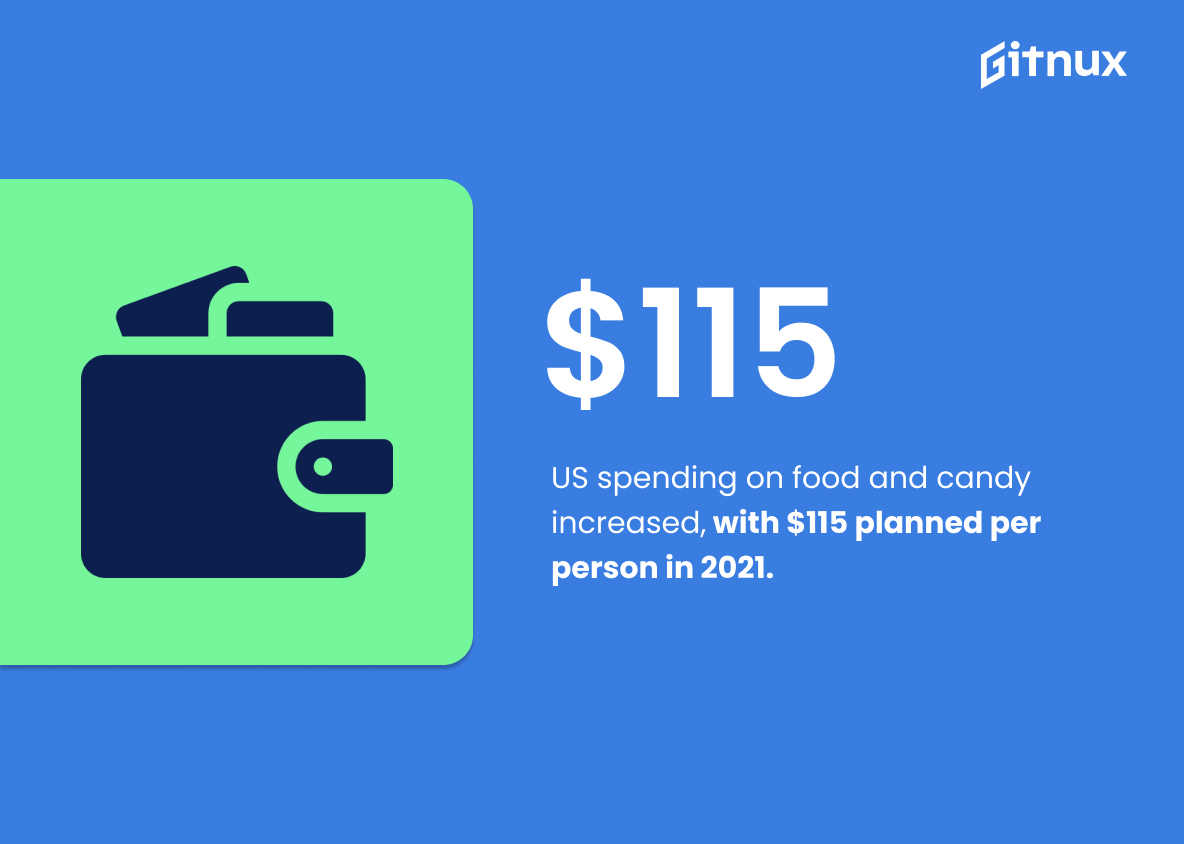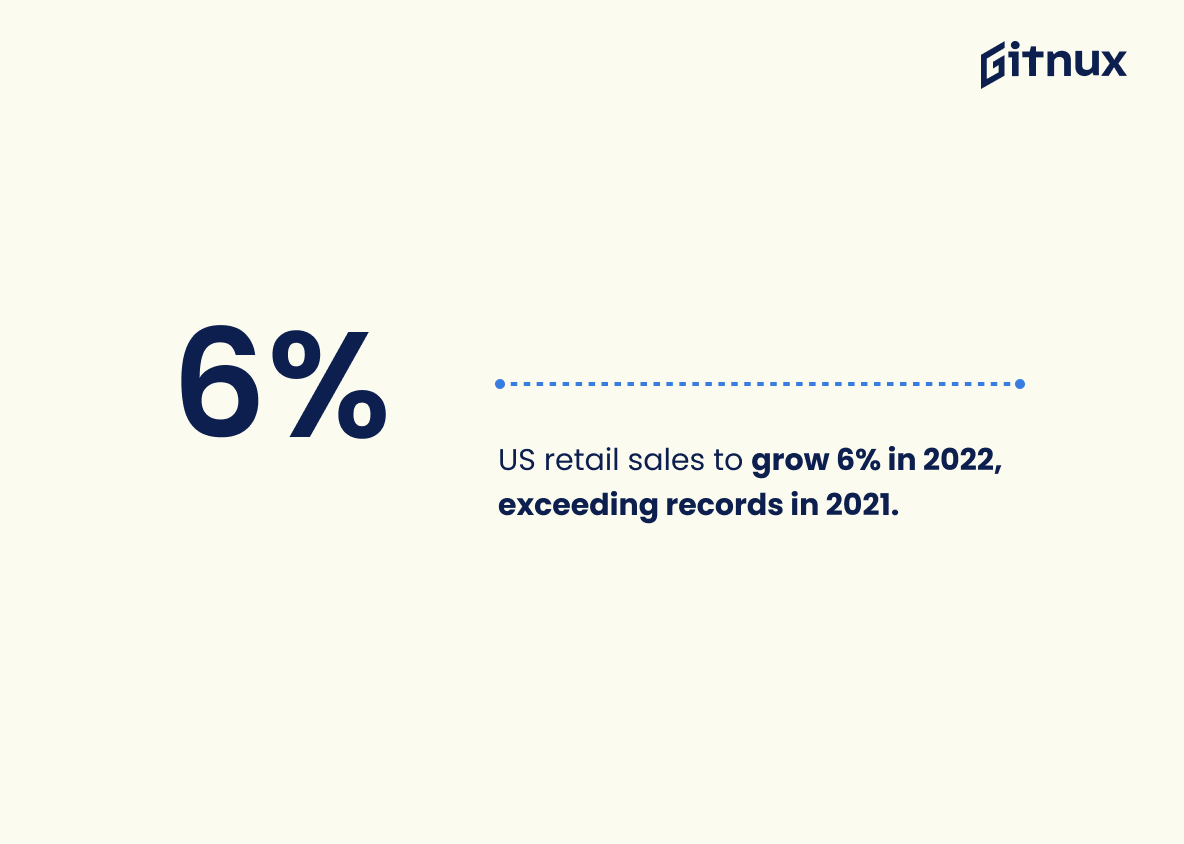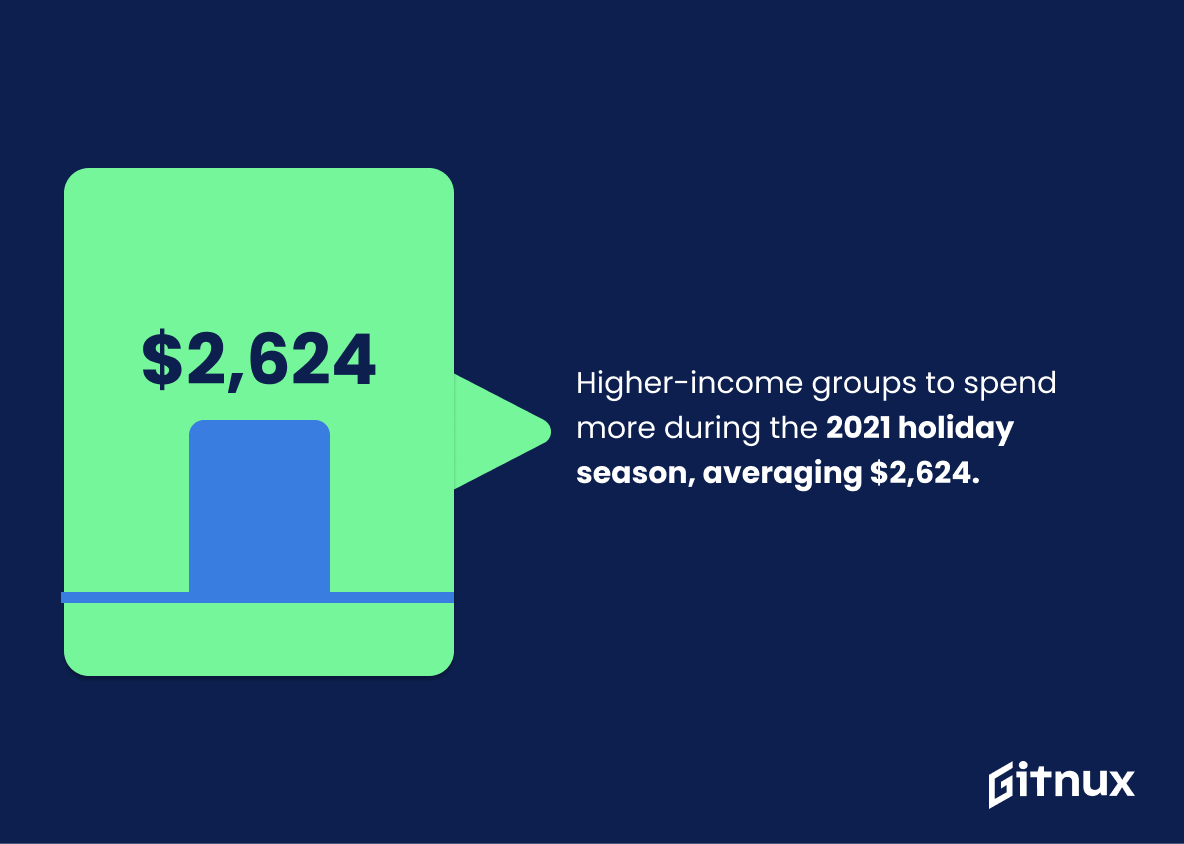Christmas is a time for giving, and for many people, that means spending. Every year, people around the world spend billions of dollars on gifts, decorations, and other holiday-related items. But what does this spending look like?
In this blog post, we’ll take a look at some of the most interesting Christmas spending statistics from around the world. We’ll explore how much people are spending, where they’re spending it, and what they’re buying. So, if you’re curious about how much people are spending this holiday season, read on.
Christmas Spending: The Most Important Statistics
36% of Americans took on debt over the holidays in 2021, with an average 10% decrease in debt compared to 2020.
Spending on food and candy in the United States has increased over the years, with an average of 115 U.S Dollars planned to be spent in 2021.
Christmas Spending Statistics Overview
Christmas gift spending increased from 2020 to 2021, but is expected to decrease slightly in 2022 to an average of 870 U.S Dollars.
Despite the economic downturn caused by the pandemic, people are still willing to spend money on gifts for their loved ones.
The planned average spending on gifts for family in the United States increased to 514 U.S Dollars in 2021 compared to 2020.
Despite the pandemic, people are still willing to spend money on gifts for their family during the holiday season. This could be an indicator of increased economic activity and consumer confidence.
36% of Americans took on debt over the holidays in 2021, with an average 10% decrease in debt compared to 2020.
While more Americans are taking on debt over the holidays, they are doing so with less financial burden than in previous years. This could indicate that people are being more mindful of their spending and budgeting during the holiday season.
Millenials took on the most added debt in 2021, with an average of $1,444, followed by Gen Xers and Gen Zers.
Millenials are more likely to take on debt in order to purchase gifts for the holidays. This could lead to an increase in debt levels for millenials, which could have a negative impact on their financial health.
57% of surveyees in Europe expected to not change their Christmas spending on food and drinks in 2021, while 28% expected to spend more.
Thus, the majority of people are not expecting to change their spending habits, which could be indicative of a stable economy. However, it also shows that a significant portion of people are expecting to spend more, which could be a sign of increased consumer confidence.
Spending on food and candy in the United States has increased over the years, with an average of 115 U.S Dollars planned to be spent in 2021.
Food and candy are often purchased in large quantities during the holiday season. This increase in spending can be attributed to the increased demand for these items during the holiday season, as people look to purchase gifts and treats for their loved ones.
In 2020, retail sales value declined in France, Germany, and the United Kingdom, but increased in 2021 and is expected to be highest in the UK in 2022.
This demonstrates the impact of the pandemic on consumer spending and how it is expected to recover in the coming years.
Retail sales in the United States are expected to grow 6% over 2021 in 2022, with total retail sales value exceeding all previous records in 2021.
Holiday spending is expected to remain healthy in 2022, which indicates that people are willing to spend money on holiday-related items despite the pandemic. This is good news for retailers who rely on holiday sales to make up a large portion of their annual revenue.
Higher income groups are expected to spend more during the holiday season in 2021 compared to 2020, amounting to an average of $2.624.
Despite the economic downturn caused by the pandemic, higher income groups are still willing to spend more during the holiday season, which is a positive sign for the economy.
High-income groups plan to increase spending by 15% while low-income groups plan to decrease spending by 22% in 2021.
The economic impacts of the pandemic are not evenly distributed, and low-income groups are being disproportionately affected. This could have a significant impact on overall holiday spending, as low-income groups are likely to be more cautious with their spending.
Conclusion
Overall, Christmas spending statistics show that Americans are still willing to spend money on the holiday season despite the economic downturn. While the amount of money spent on Christmas gifts and decorations may have decreased, the spirit of giving remains strong.
The holiday season is a time to come together and celebrate with family and friends, and it is clear that Americans are still willing to invest in the spirit of the season.
References
1 – https://www.statista.com/statistics/246963/christmas-spending-in-the-us-during-november/
2 – https://www.statista.com/statistics/478600/holiday-spending-on-gifts-for-the-family/
3 – https://www.lendingtree.com/personal/holiday-debt-survey/#ofAmericansacquiredholidaydebtin
4 – https://www.statista.com/statistics/1325903/spending-plans-for-the-holidays-europe-categories/
5 – https://www.statista.com/statistics/479839/holiday-spending-on-candy-and-food/
6 – https://www.statista.com/statistics/1064472/christmas-spending-in-uk-france-and-germany/
7 – https://nrf.com/media-center/press-releases/nrf-predicts-healthy-holiday-sales-consumers-navigate-economic?__source=newsletter%7Cmakeit
8 – https://www2.deloitte.com/content/dam/insights/articles/us175738_holiday-retail-travel/DI_2022-Holiday-retail.pdf?__source=newsletter%7Cmakeit
9 – https://www2.deloitte.com/ua/en/pages/press-room/press-release/2021/holiday-retail-sales-consumer-survey-2021.html

